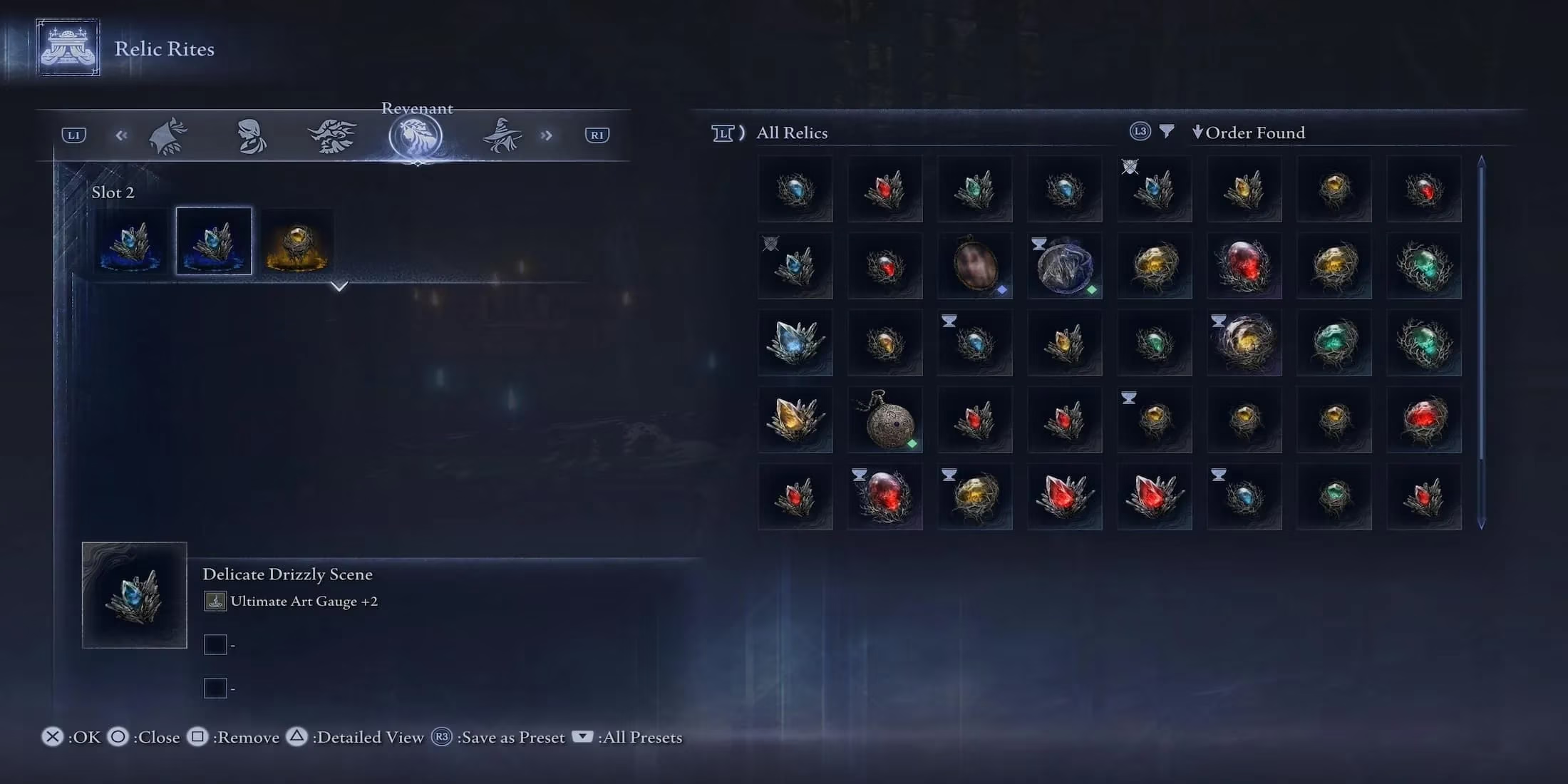Mastering the Revenant: Elden Ring Nightreign's Spirit Summoner
Discover the mesmerizing Revenant in Elden Ring Nightreign, a spectral sorceress commanding undead armies with powerful necromancy and strategic summoning for epic battles.
In the shadowed realms of Elden Ring Nightreign, the Revenant emerges as a mesmerizing paradox—a fragile sorceress whose true power lies not in her own hands, but in the spectral army she commands. Unlike frontline warriors who relish clashing steel, this ethereal tactician must orchestrate battles from afar, her delicate frame belying the devastation unleashed by her undead legion. Players who embrace her unique rhythm discover a dance of death where positioning is paramount and every fallen foe becomes a potential ally through her chilling Necromancy passive. For those seeking a cerebral combat experience in 2025's acclaimed expansion, mastering this spirit-summoner offers unparalleled satisfaction. 😌
The Art of Necromancy: Turning Foes into Followers
At the core of the Revenant's gameplay lies her passive ability, Necromancy—a macabre blessing that transforms victims into temporary thralls. When the Revenant lands the killing blow on any non-boss enemy, there's a chance the corpse will shudder back to life as a one-minute phantom soldier. These disposable minions create chaotic diversions, absorbing damage that would otherwise shatter the Revenant's scant health pool. Players often wonder: "Can Necromancy turn boss minions against their masters?" Absolutely! Savvy Revenants specifically target lesser enemies during boss encounters, knowing each resurrected adds becomes a precious bullet sponge against towering foes. Timing final blows becomes a strategic art—wait too long and your party steals the kill; strike too early and you waste precious mana.
Summoning the Family: Your Eternal Guardians
The Revenant's Character Skill, Summon Spirit, unveils her signature trio of spectral relatives, each with distinct combat roles. A spectral wheel appears when activating this ability, displaying real-time health bars for all three choices:
| Summon | Combat Style | Best Against |
|---|---|---|
| Helen 👩⚔️ | Agile duelist | Single targets & elites |
| Frederick 🎃 | Tanky AoE bruiser | Crowds & chokepoints |
| Sebastian 💀 | Immobile artillery | Defensive positions |
Frederick's pumpkin-headed form barrels through groups with sweeping attacks, Helen darts between targets with rapier precision, while Sebastian's bony frame remains rooted—unleashing terrifying magic volleys. Their health regenerates when unsummoned or near Sites of Grace, encouraging constant rotation. "Which summon works best for early-game?" New Revenants should prioritize Frederick; his resilience compensates for positioning mistakes while learning spacing fundamentals.

The Immortal March ultimate embodies the Revenant's role as a battle-reversing savior. Upon activation, downed allies stagger upright while the Revenant and her active named summon shimmer with golden immunity—though this invincibility proves deceptive. They still endure damage down to 1 HP, creating tense moments where a single mistimed attack could end everything. The true brilliance surfaces when combining this with active summons: Helen becomes a blinding whirlwind, Frederick detonates like a pumpkin bomb, and Sebastian rains meteor showers. Timing it during boss enrage phases often spells victory. Many ask: "Does immortality prevent grab attacks?" Regrettably no—telegraphed grabs remain lethal even during Immortal March's duration.
Optimizing the Spirit Commander
Sacred Seals stand as the Revenant's ideal armament, leveraging her high Faith stat for devastating incantations. While Intelligence-boosting staves offer elemental versatility, Faith remains the priority stat. For Cache upgrades, focus on:
-
➕ Spell damage amplification
-
➕ Ultimate charge rate
-
➕ Mind stat expansions (mana pool)
-
➕ Flask enhancements that heal allies
Survivability shouldn't distract from her core purpose—delegating aggro to summons while bombarding enemies from safety. Early attempts at melee combat inevitably end poorly; her starter dagger serves only as an emergency escape tool. Instead, embrace ranged incantations and constantly swap summons to distribute damage. During Limveld explorations, let temporary Necromancy minions lead the charge while conserving named spirits for critical encounters.
Strategic Playbook: Advanced Tactics
Mastering the Revenant involves three unbreakable rules: First, maintain distance—her paper-thin health means even minor skirmishes prove catastrophic. Second, become a summon-cycling maniac; Frederick tanks initial waves, Helen shreds priority targets, Sebastian anchors defense points, then repeat. Third, hoard Ultimate charge for resurrection emergencies rather than damage bursts. Clever Revenants also exploit enemy pathing: luring melee foes into Sebastian's death zone or using Helen to kite archers. Party members should recognize her as the ultimate safety net—when allies fall, her Immortal March literally rewrites battle outcomes.
People Also Ask: Revenant Mysteries
Curious newcomers frequently ponder: "Can Necromancy summons be buffed?" Only the permanent family spirits benefit from upgrades; temporary minions remain baseline warriors. Another common question: "Does Faith affect summon damage?" Indirectly yes—through Sacred Seal scaling and duration extensions. Perhaps most crucially: "How to handle aggressive bosses?" Rotate between Frederick's disruption and Helen's mobility while pelting with long-range spells, using terrain to break line-of-sight when swapping spirits.
Ultimately, the Revenant shines brightest when players embrace her fragility as strength—a conductor orchestrating symphonies of spectral violence where death begets death. Her complexity rewards patience, transforming from liability to MVP in coordinated parties. What unconventional strategies might emerge when combining her resurrection mechanics with future Nightreign DLC companions? 🤔